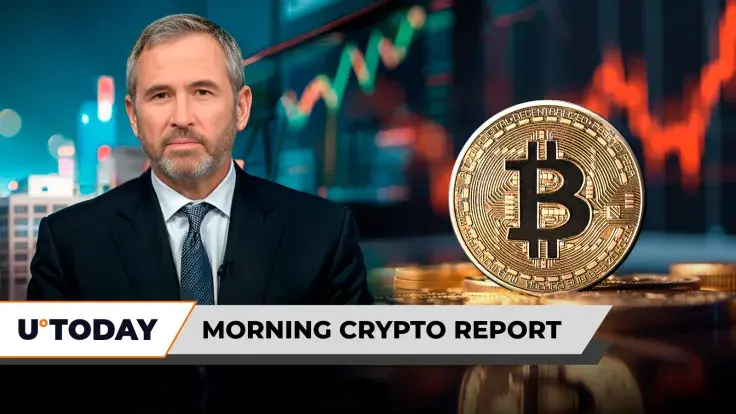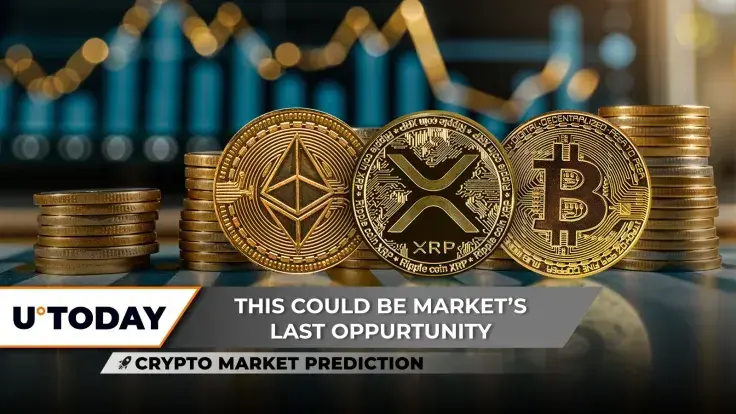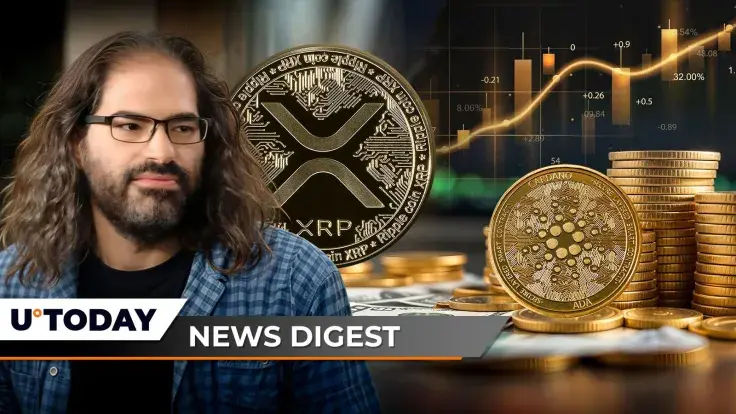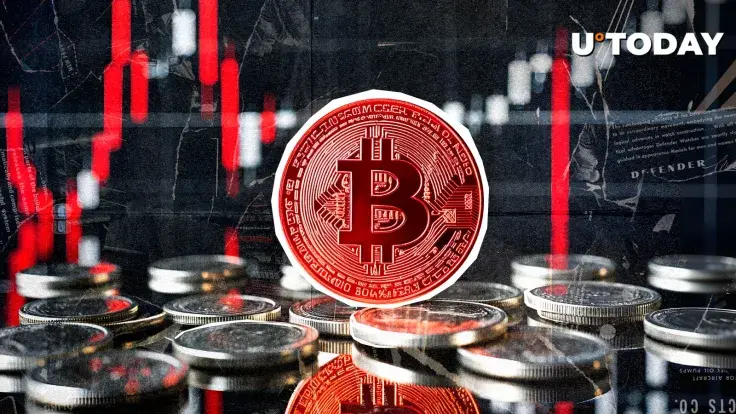Ripple CEO Crushes $200M Stablecoin Deal Rumors
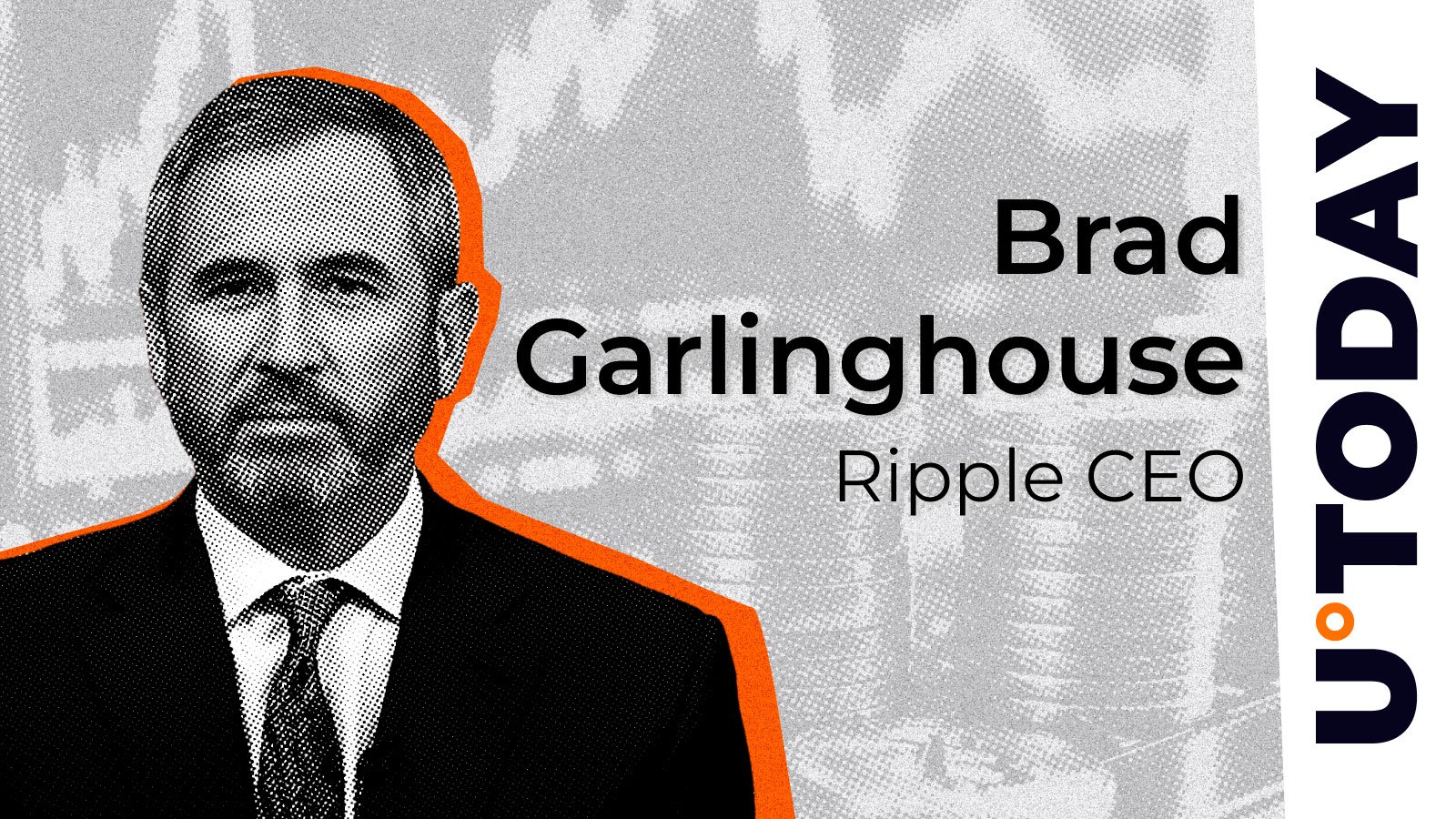
The cryptocurrency market is buzzing with significant developments across various assets, from major corporate acquisitions aiming to revolutionize digital payments to meme coins showing historical price patterns and substantial token burns. Ripple, a prominent player in the digital asset space, has confirmed a strategic acquisition set to bolster its stablecoin infrastructure, while Dogecoin enters a critical price zone that has historically heralded massive rallies, and Shiba Inu experiences a dramatic surge in its token burn rate.
Ripple CEO Brad Garlinghouse officially announced the acquisition of Rail, a specialized payment infrastructure provider focusing on stablecoins, for $200 million. This strategic move is designed to significantly enhance Ripple's footprint in the enterprise digital payments sector. The transaction, pending final regulatory approvals, is anticipated to conclude by the end of 2025. Garlinghouse emphasized that this acquisition marks a pivotal moment in Ripple's stablecoin strategy, positioning the company as the premier infrastructure provider for institutions utilizing stablecoins for payment settlements. Rail brings a suite of advanced functionalities, including virtual accounts, robust third-party payment support, and sophisticated treasury automation, all of which will be seamlessly integrated into Ripple's established payment network and API stack. This development coincides with the increasing prominence of Ripple's native stablecoin, RLUSD, which has recently climbed to 105th in market cap among crypto assets. With a circulating supply of 612.74 million tokens, RLUSD boasts a market capitalization of $612.71 million and a 24-hour trading volume of $45.26 million, placing it just below PayPal's PYUSD and rapidly ascending the stablecoin rankings. Ripple, already operating one of the world's largest digital asset payment platforms with over 60 active licenses supporting both XRP and other digital assets, sees the Rail acquisition as a crucial step in enabling stablecoin flows without requiring users to directly hold cryptocurrency. Having invested over $3 billion in strategic acquisitions to date, this latest venture underscores Ripple's aggressive push to control large-scale stablecoin settlement infrastructure, now further bolstered by a growing live token.
In other market news, Dogecoin (DOGE), arguably the most recognized meme coin, is currently re-entering a price region that analyst Ali Martinez has termed a "historical buy zone." This specific ascending parallel rising channel has been active since 2015 and has consistently preceded every major upward price cycle for DOGE, including its phenomenal breakouts in 2017 and 2021. Recent weekly data indicates that DOGE is trading just above $0.20, precisely at the lower boundary of this long-standing channel. This "buy zone" has been touched only a handful of times over the past decade, yet each instance has historically triggered substantial rallies, such as a 9,237% surge in 2017 and an even more impressive 13,337% breakout in 2021. In both previous cycles, Dogecoin briefly stabilized near the channel's bottom before experiencing parabolic growth. Despite the crypto market's inherent volatility and shifting narratives, DOGE has remarkably maintained this rising channel for over ten years. The most recent touch of this critical support region follows an earlier 243% rally within the current cycle, further reinforcing its significance as a potential launchpad for future gains.
Meanwhile, the Shiba Inu (SHIB) community is observing a dramatic increase in its token burn rate, which recently spiked by an astonishing 3,464%. In a matter of hours, 9,614,765 SHIB tokens were permanently removed from circulation. According to Shibburn data, this significant surge in the daily burn rate has captured considerable attention within the SHIB ecosystem. While the absolute quantity of tokens burned might appear modest relative to SHIB's vast total supply, it is the extraordinary percentage increase in the burn rate that is drawing community focus. Several large, single transactions, each accounting for hundreds of thousands of SHIB, contributed to this total burn figure. Although the identities of the sending wallets remain undisclosed, such coordinated burning activities often reflect a robust and engaged community sentiment. Looking at weekly statistics, the prior week also saw a massive daily increase of 16,855.93% in the burn rate, resulting in the destruction of 602 million tokens. To date, a total of 410,752,089,360,220 SHIB have been burned from the cryptocurrency's initial one quadrillion token supply, leaving a current circulating supply of 584,612,601,558,519 SHIB in the market.
You may also like...
Shocking UEFA Snub Leaves Star Striker Victor Osimhen Off Top Honours List!

Super Eagles striker Victor Osimhen scored a historic brace for Galatasaray in their 3-1 win over Bodo Glimt, becoming t...
Footballing Royalty Converge: Nigerian & Barcelona Legends Set for Abuja Showdown!

Abuja is set to host an exhilarating friendly match between Africa Legends and Barcelona Legends this weekend, featuring...
Christian Bale Remake Ignites Revisit of 98% Certified Horror Masterpiece!

Revisit the classic 1935 sequel, <em>Bride of Frankenstein</em>, a superior follow-up that delves deeper into Mary Shell...
Oscar Buzz Explodes for Russell Crowe's WWII Epic, Critics Rave

The WWII courtroom drama "Nuremberg," starring Russell Crowe and Rami Malek, is making remarkable strides towards its No...
Metal Legends Unite: Iron Maiden Announces Epic North American Tour with Megadeth & Anthrax

Iron Maiden announces the North American leg of their Run For Your Lives World Tour, starting August 29, 2026, with Mega...
Heart of Gold: Taylor Swift Donates $100K to Young Fan Battling Brain Cancer

Taylor Swift has made a generous $100,000 donation to Lilah, a 2-year-old fan battling aggressive brain cancer, inspirin...
Nirvana's Iconic Music Inspires Paramount's Chart-Shattering New Horror Sensation!

Bryan Bertino, the visionary director behind <em>The Strangers</em>, unveils his latest horror film, <em>Vicious</em>, a...
Exclusive: Acclaimed Director Yorgos Lanthimos Takes Shocking Hiatus After 'Bugonia' Release

Director Yorgos Lanthimos discusses his new film "Bugonia," an adaptation starring Emma Stone and Jesse Plemons, while a...

